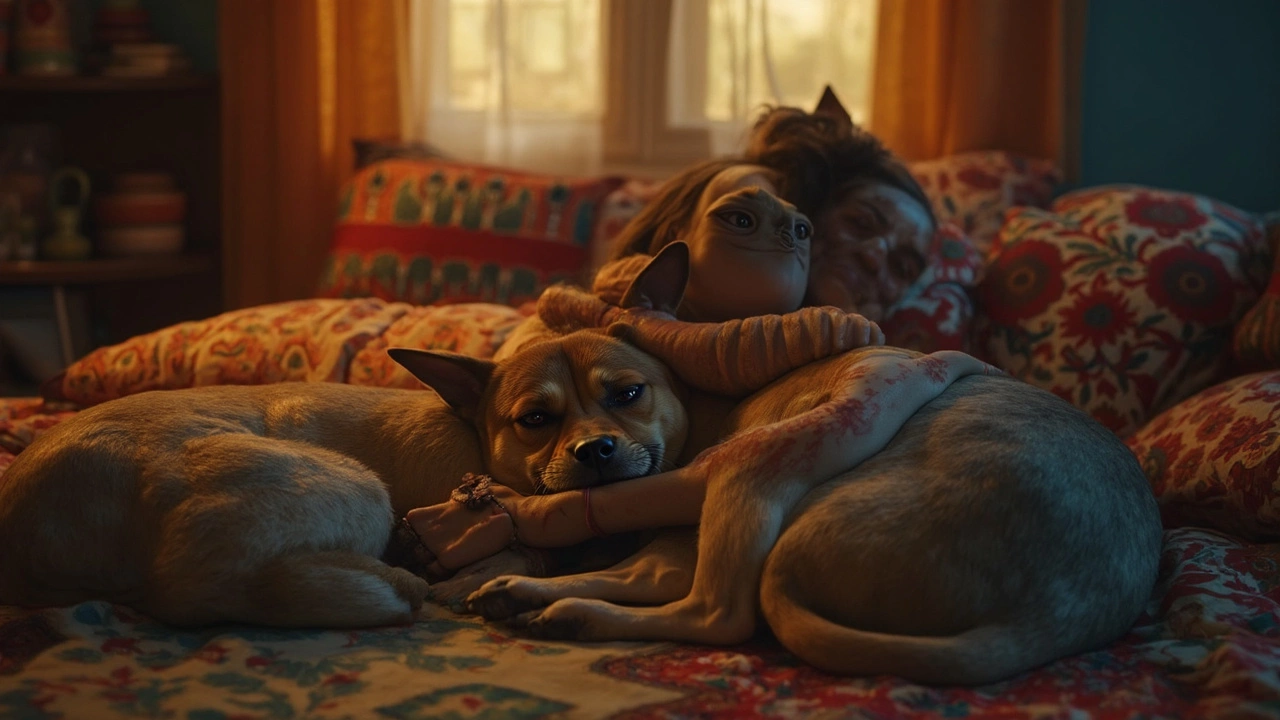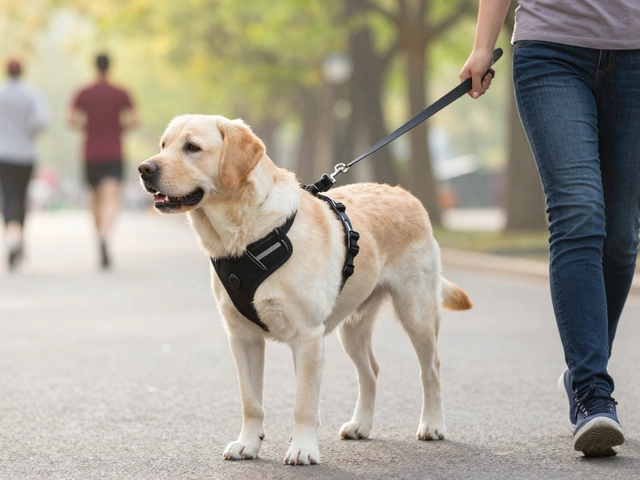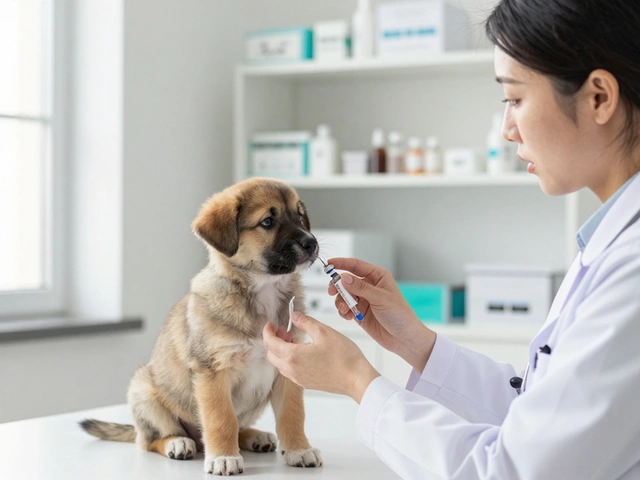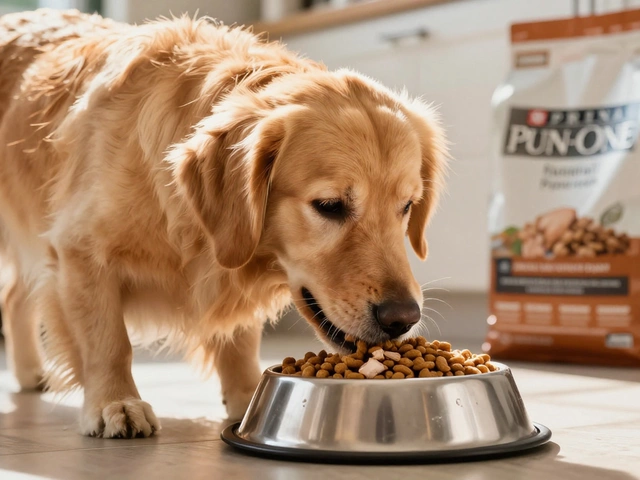Pet Bonding Tips: Build a Stronger Connection with Your Dog
Ever wonder why some dogs seem to read your mind while others act like strangers? The secret is a solid bond built on trust, routine, and a bit of play. Below are straightforward steps you can start using today to make your pup feel safe, loved, and eager to please.
Why Bonding Matters
A strong bond isn’t just feel‑good fluff; it influences behavior, health, and learning. Dogs that trust their owners are less anxious, chew less on furniture, and respond faster to training cues. When you’re the calm center of their world, they’re more likely to stay relaxed during vet trips, car rides, or new environments. In short, investing time in bonding pays off with a happier, better‑behaved companion.
Easy Ways to Strengthen Your Bond
1. Consistent Daily Routines
Dogs thrive on predictability. Feed, walk, and play at similar times each day so they know what to expect. Even a quick 5‑minute “check‑in” before work signals that you’re reliable.
2. Short, Focused Training Sessions
Use positive reinforcement to teach simple tricks—sit, stay, or paws. Keep sessions under 10 minutes, end on a success, and sprinkle treats. The brain‑boosting activity reinforces respect and keeps you both engaged.
3. Play with Purpose
Interactive toys like tug ropes or fetch balls let your dog release energy while looking to you for direction. Switch up games each week to keep things interesting and watch their tail wag faster.
4. Massage and Gentle Touch
Just like humans, dogs love a good rub. Spend a few minutes each evening gently massaging the neck, shoulders, and back. It relaxes muscles, reduces stress, and tells your pup you’re there for comfort.
5. Shared Adventures
Explore new parks, hiking trails, or pet‑friendly cafés. New smells and sights give you both fresh experiences and build memories tied to you.
6. Speak Their Language
Use a calm voice, consistent cues, and body language. A relaxed posture and soft tone teach your dog that you’re safe. Avoid sudden shouts; they can create fear instead of connection.
7. Respect Their Space
Even the most social dogs need downtime. If your pup retreats to a cozy corner, let them be for a few minutes. Respecting their need for alone time builds trust because they know you won’t force interaction.
Putting these habits into practice doesn’t require a major overhaul—just a few minutes each day. Over weeks, you’ll notice your dog greeting you with more enthusiasm, following cues without hesitation, and staying calm in stressful moments.
Remember, bonding is a two‑way street. Your energy, patience, and consistency shape how your dog perceives the world. Keep the focus on fun, safety, and love, and the connection will grow naturally.
Ready to start? Pick one tip from the list, try it tonight, and watch the difference. Add another tomorrow, and soon you’ll have a toolbox of habits that make your pet feel truly attached. Happy bonding!

Dog Beds: Why Does My Dog Sleep Next to My Bed?
Curious about why your dog prefers to sleep right next to your bed instead of in their own space? This article unpacks the real reasons dogs stick close at night, from instinct to comfort. You'll discover whether this habit is healthy for you and your pet, signs your dog’s sleep style could become a problem, and when to encourage more independence. Plus, get tips to make your dog's sleeping setup cozy and inviting.
read more



